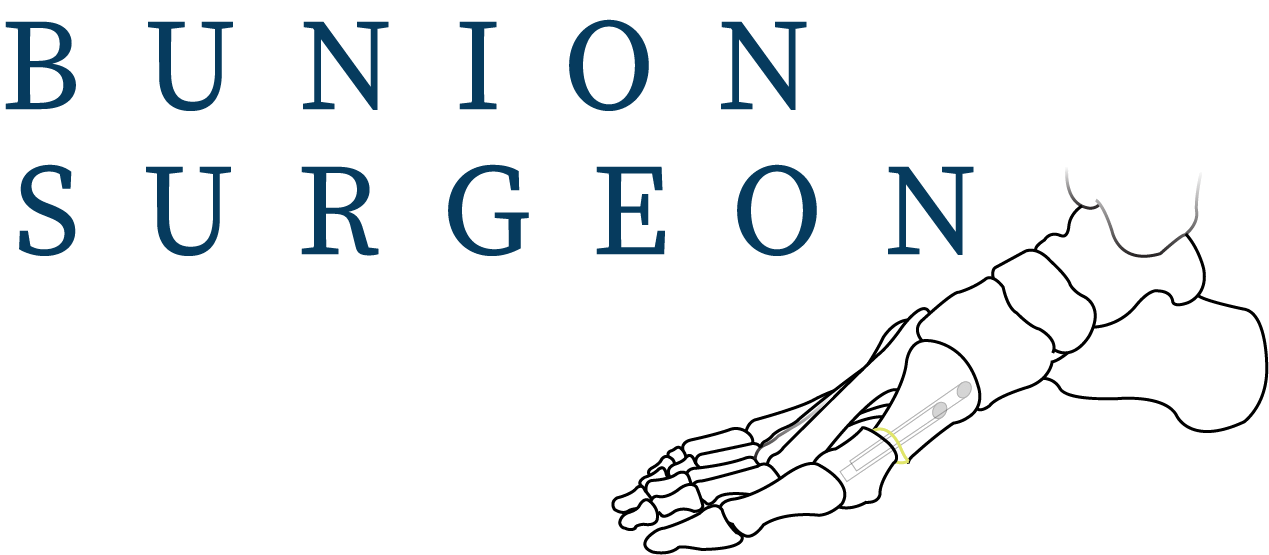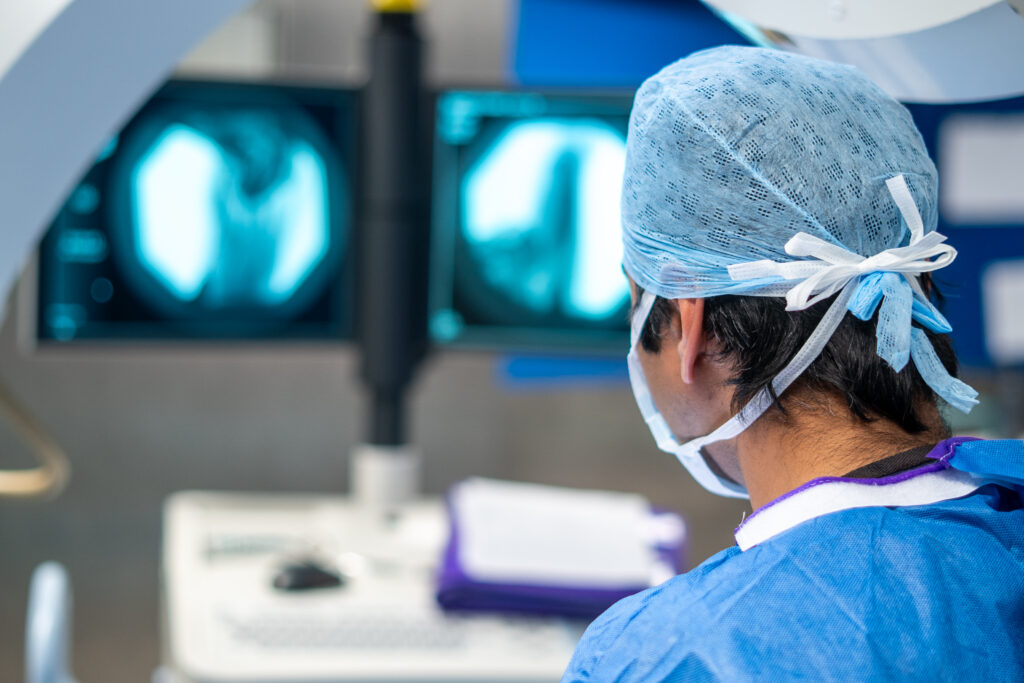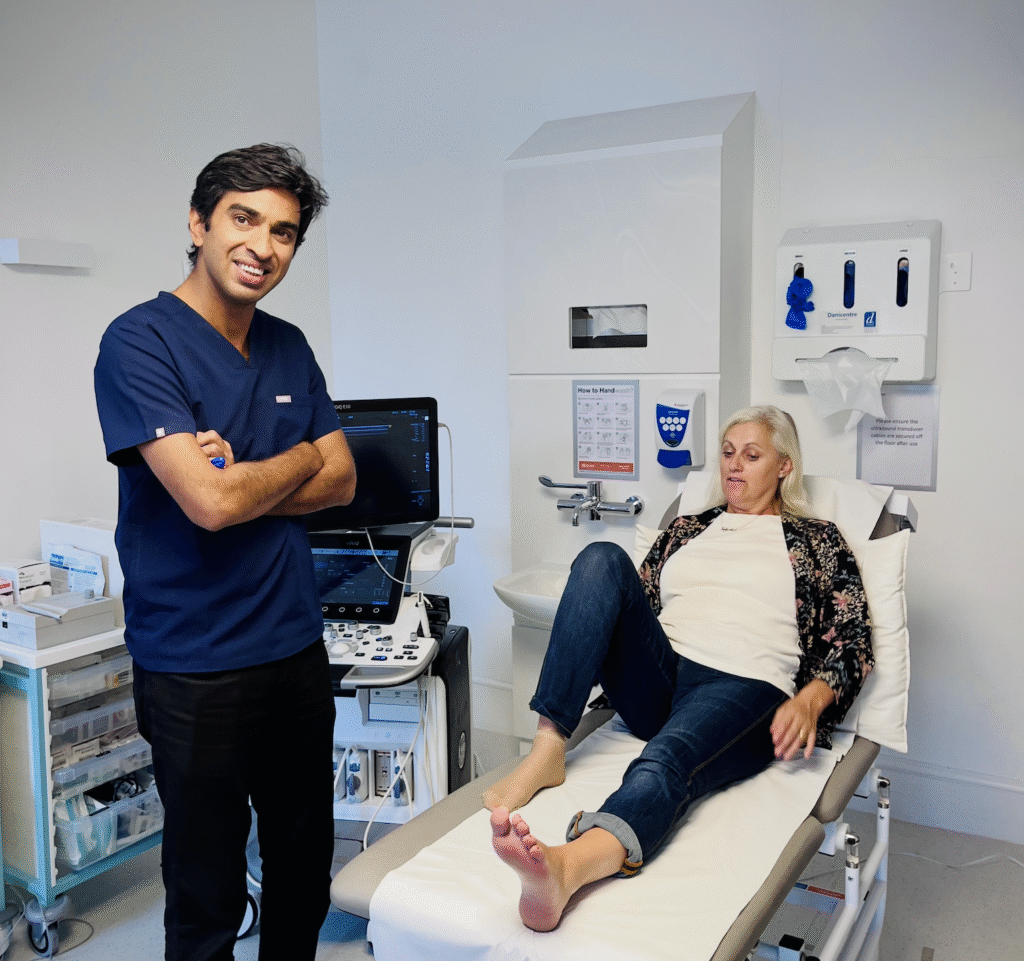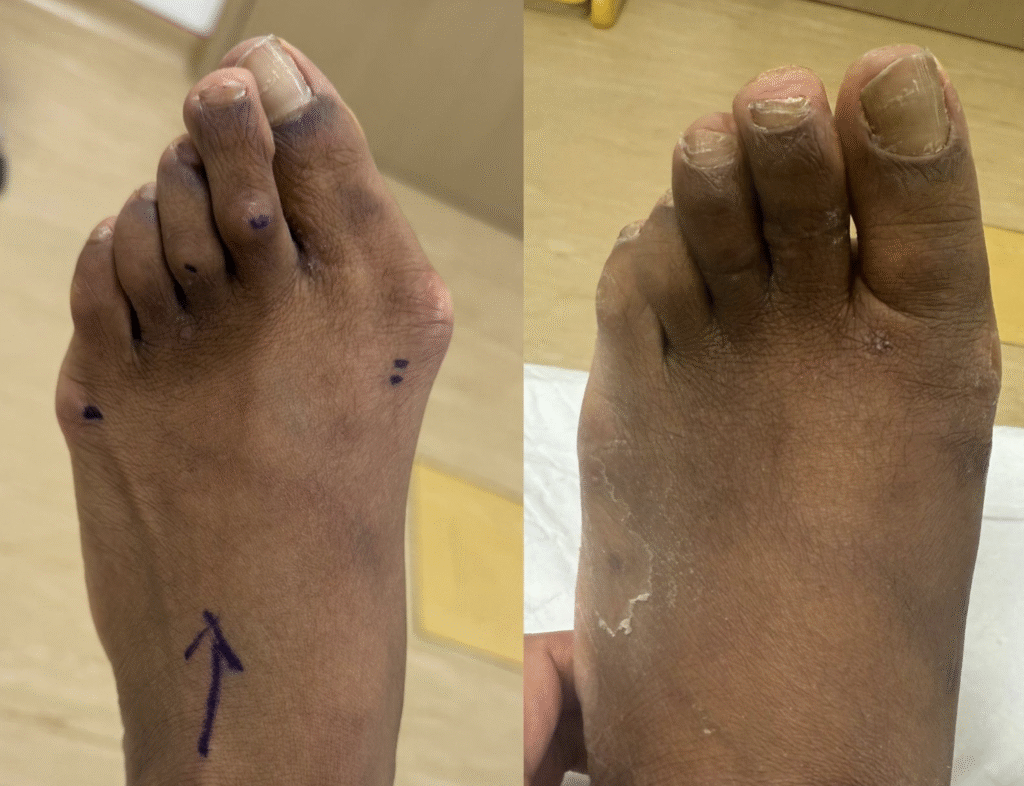What is a Bunion?
Bunions are a type of foot deformity that occur in around 30% of the population on most Western countries. They are a very common and often painful foot condition, which is progressive in nature and can become quite debilitating in the later stages.
Although in all probability most people know someone with a Bunion, few people know how to recognise the condition or tell it apart from other foot issues. Below is some key information on how to recognise a Bunion.
Bunion Deformity
A Bunion is a bony deformity that typically affects the joint at the base of the big toe, also known as the First Metatarsophalangeal (MTP) joint.

When a Bunion starts to progress and become noticeable, the structures deviate from their natural position, causing a bony protrusion at the base of the big toe. Over time, the big toe will begin to press against the second toes and may cause overlapping. This can lead to a host of secondary issues, including footwear fitting difficulty and excessive rubbing leading to sores or abscesses.

Another type of Bunion affects the little toe, where the fifth MTP joint is affected. This is known as a Tailor’s Bunionette.

Bunion Symptoms
Bunions can cause a range of symptoms, including:
- Soreness or Pain
- Redness
- Swelling around the joint
- Numbness
- Toe movement restricted
- Pain when moving the affected toe
- Bump at the joint of the affected toe
- Corns or calluses
Differential Diagnosis
Together, the above symptoms and the bony prominence may be enough to identify a Bunion. However, there are several factors that can make diagnosing a Bunion more complex. For example, in the early stages the bony prominence may not be very noticeable. In addition, some Bunions are asymptomatic and there is another issue that is causing symptoms.
In the latter case, the most common First MTP Joint issues that could cause similar symptoms include:
- Poorly fitted shoes
- Gout
- Hallux Rigidus (Osteoarthritis and stiff big toe joint)
- Injury
1. The first of these is an easily overlooked and often an easily solved issue. Poorly fitted shoes can often synthesise the same painful symptoms caused by Bunions. For example, narrow toe boxes in the shoes can push the toes together causing overlapping. This can cause pain in the joints, as well as rubbing against the shoes. Shoes with high heels can similarly place additional pressure on the First MTP Joint with subsequent pain. If this is considered early, a simple change to more appropriate shoes can often resolve these symptoms.
2. Gout is a form of arthritis that can cause sudden onset of pain, swelling and redness. Typically gout affects the big toe joint. The location and quality of swelling and pain can be similar toe Bunion Symptoms and so it is not always easy to tell the difference between gout and a Bunion, especially if there is also an asymptomatic Bunion. Due to this, a podiatric specialist may require a blood rest at a lab in conjunction with a patient history to diagnose a Bunion.
3. Hallux Rigidus is another form of arthritis that causes stiffness of the big toe joint due to bony growths (osteophytes) limiting movement of the joint.

Diagnosing with Imaging
If the bones of the big toe are in alignment, it may be easy to rule out a Bunion. This is most easily confirmed with medical imaging, an X-ray or MRI can show if the joint has alignment issues or osteophytes to help firm a diagnosis.
Injuries of the big toe are common place. 40-60% of the body’s weight is put through this joint during normal walking movements, and these forces are heavily compounded during sporting activities, such as running. If during activity the structures or tissues at the First MTP Joint are damaged it can lead to Bunion type symptoms, including pain or swelling at the joint. Medical imaging, such as an X-ray, ultrasound or MRI, may help visualise an injury and determine if the symptoms are injury related or due to a Bunion.
Getting an Expert Opinion
It is best to identify a Bunion early on it’s development, so that progression can be prevented and keep symptoms manageable with conservative treatments. Diagnosing a Bunion is not always easy, even if you have classic Bunion symptoms, and may require medical imaging or laboratory testing to arrive at a firm diagnosis.
It is therefore advisable to seek advice from a podiatric specialist to make sure appropriate measures are taken in good time.
If you would like more information, or would like to schedule a consultation, contact our team on:
Tel: +44 (0) 207 459 4326 | Email: admin@bunionsurgeon.co.uk | Address: 17 Harley Street, London, W1G 9QH
Free Initial Bunion Consultation with Harley Street Expert Surgeon
For a limited time, you can book a complimentary initial bunion chat with leading consultant surgeon Mr. Kaser Nazir at Harley Street, London. Visit our Complimentary Initial Bunion Consultation page and act now.
This is a rare opportunity to meet face-to-face with one of the UK’s most respected bunion surgeons, specialising in minimally invasive bunion surgery. Best of all – it’s completely free.
To secure your place:
- Visit our Complimentary Initial Bunion Consultation
- Join the waiting list for your free consultation
- Take your first step towards pain-free feet
Final Thoughts
If bunions are affecting your comfort, mobility, or confidence, now is the perfect time to seek expert advice – without the usual consultation fee.
This complimentary initial bunion consultation with Mr. Kaser Nazir on Harley Street is your chance to:
- Meet a leading bunion surgeon face-to-face
- Learn about advanced minimally invasive techniques
- Start your journey towards healthier, pain-free feet
✨ Don’t miss this rare opportunity. Book your place on the waiting list today – before all free slots are gone.




